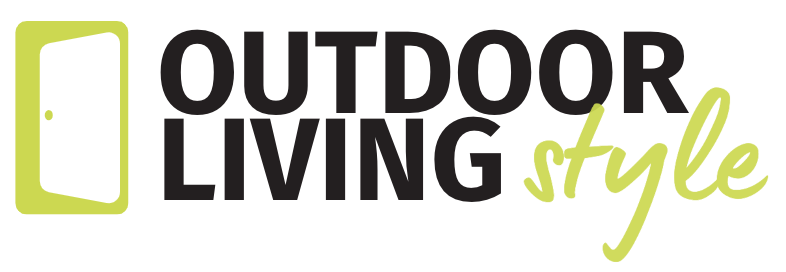Rainwater Harvesting
Learn to preserve one of our greatest resources while also helping our landscapes flourish.
words: Robert Byrnes
Today, “going green” is becoming increasingly popular and the trend has hit the landscape market in a hurry. Conserving on rainwater is nothing new, however. People have been collecting rainwater and re-utilizing it for over four thousand years; farmers cleared hillsides to increase the runoff and directed the water to agricultural fields. Fast forward to the irrigation industry today and this important practice is called rainwater harvesting.
As property owners, water is critical to protecting our landscaping investment. In fact, plant health care experts consider the amount of water a plant receives to be at least 50% of any landscape plan’s success. New technologies in irrigation systems improve the efficiency of water distribution, and when used in conjunction with the newest “smart systems” conserve water through proper scheduling.
Is it for me?
Even with sustainable irrigation systems, there are still benefits to collecting clean and free rainwater as a key supplement to the system. Perfect candidates include those homeowners who are concerned about their domestic water well supply or those frustrated about the increasing cost of municipal water sources.
Rainwater harvesting isn’t limited to homeowners, however. The U.S. Green Building Councils’ LEED Standards, provide best practices, which include employing ‘harvested rainwater’ techniques so that commercial projects can focus on ways to reduce their environmental impact by following these recommendations. Of course, homeowners should also benefit from this information when taking on a project on any size property.
When considering a Rainwater Harvesting System for your property, there are a few key questions to take into consideration.
1. WILL THE WATER ONLY BE USED FOR IRRIGATION?
(e.g. is there a possibility to collect water for other household needs such as sewage, cleaning, etc.?)
2. HOW WILL THE WATER BE COLLECTED?
(e.g. collect rainwater from any natural or man-made impervious surface, not limited to the roof.)
WHERE DO I START?
Consider all the options available for the collection of rainwater. The roof is the most utilized and in most cases, the first place to start. To estimate how much rainwater you’ll collect from yours, start by measuring all available roofing surface and averaging the annual rainfall in your area. A great rule of thumb is that every 1,000 square foot space of a roof will catch approximately 620 gallons of water after one inch of rainfall.
Another very basic and quite fun way to start collecting rainwater immediately is with a rain barrel. These barrels are pre-made products that are both decorative and purposefully designed. The water entering the barrel will be filtered from debris to prevent clogging at the in-take and out-take openings. Decorative spigots can be attached to auto-feed a low flow (drip) irrigation system, or to fill manual watering cans. You can make your own rain barrel out of wood or plastic, using standard (window) screening over all openings to prevent debris, and any insects (especially mosquitoes) from breeding. A small pump can easily be used with a homemade rain barrel.
Additionally, rainwater harvesting systems are available in all sizes, and your particular needs would depend on the amount of water to be collected and the irrigation system plans for the property. These integrated systems are easily designed and installed by a specialist, and come fully assembled with tank, filters, pumps, and level sensors. Every system needs a backup water source to keep the tanks at a minimum water level. The backup source is either a private well or the city water. The pumps will automatically shut off if the water levels get too low, in order to avoid running too dry. These larger system tanks are usually buried underground, but can also be manufactured to be placed above ground if it makes more sense for your situation.
To begin researching the best rainwater harvesting system for your needs, you can contact a local irrigation contractor, landscaper, landscape designer, or landscape architect. Or you can do a search for industry manufacturers and find the contact person in your area. Remember—water is one of our most precious resources and we can learn to preserve it while also helping our landscapes flourish.
About the Author
Robert Byrnes has been an irrigation contractor in Fairfield County, CT since 1988. He currently works in Westchester County, NY as an account manager for Atlantic Specialties—a wholesale distributor of irrigation, lighting, drainage, and water gardens supplies. He is a Certified Landscape Irrigation Auditor (CLIA) and an outdoor lighting design expert.


